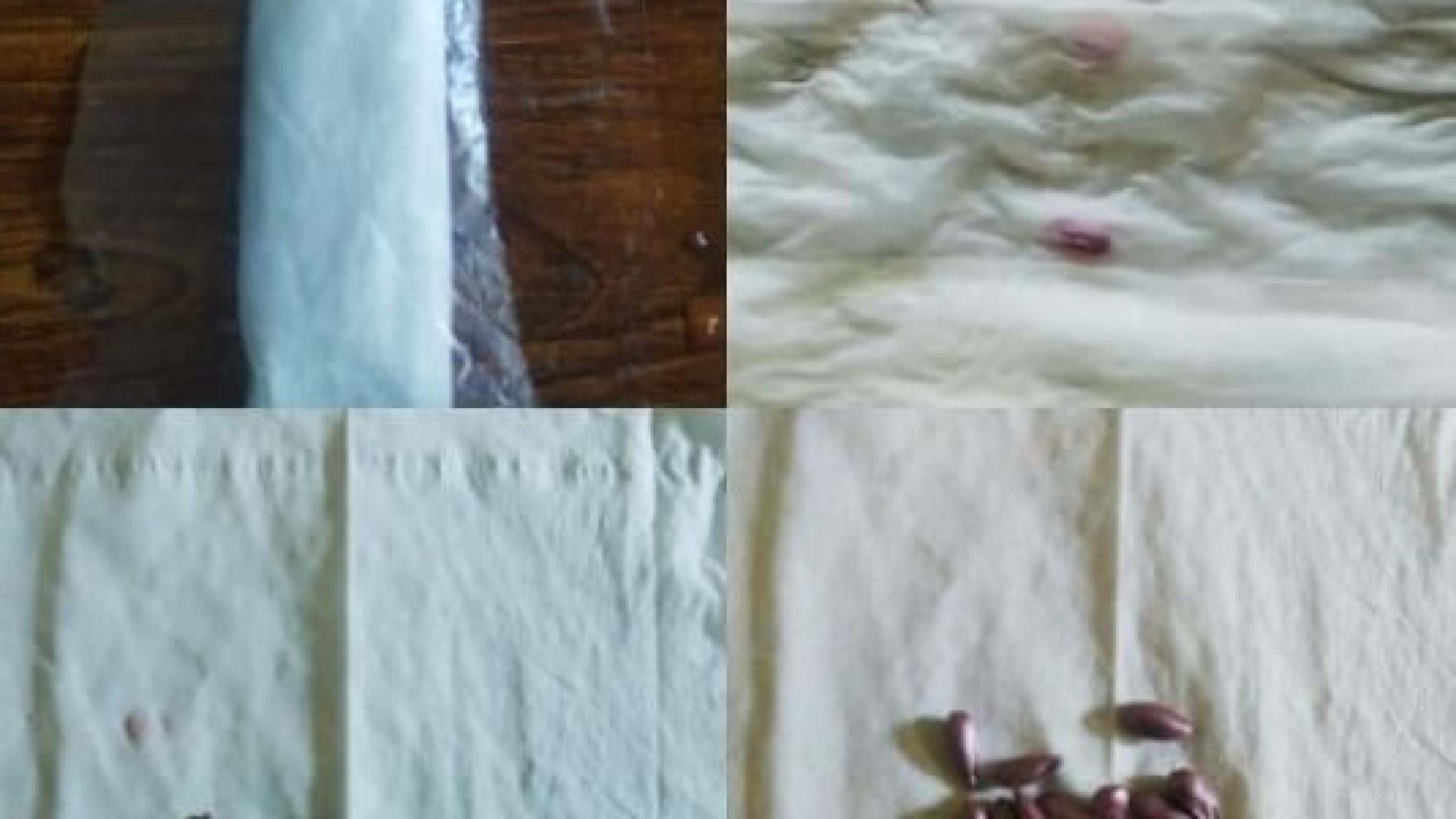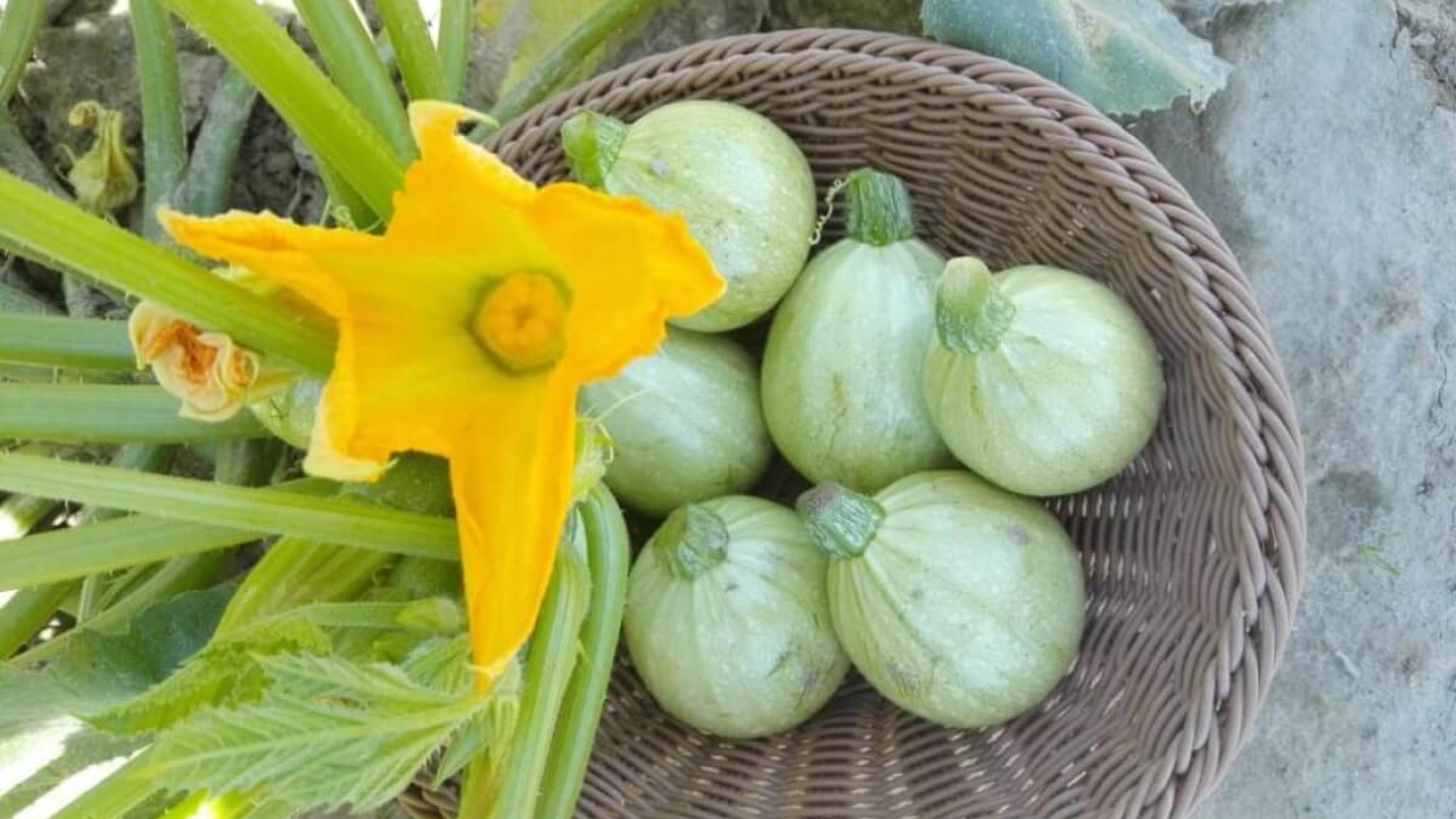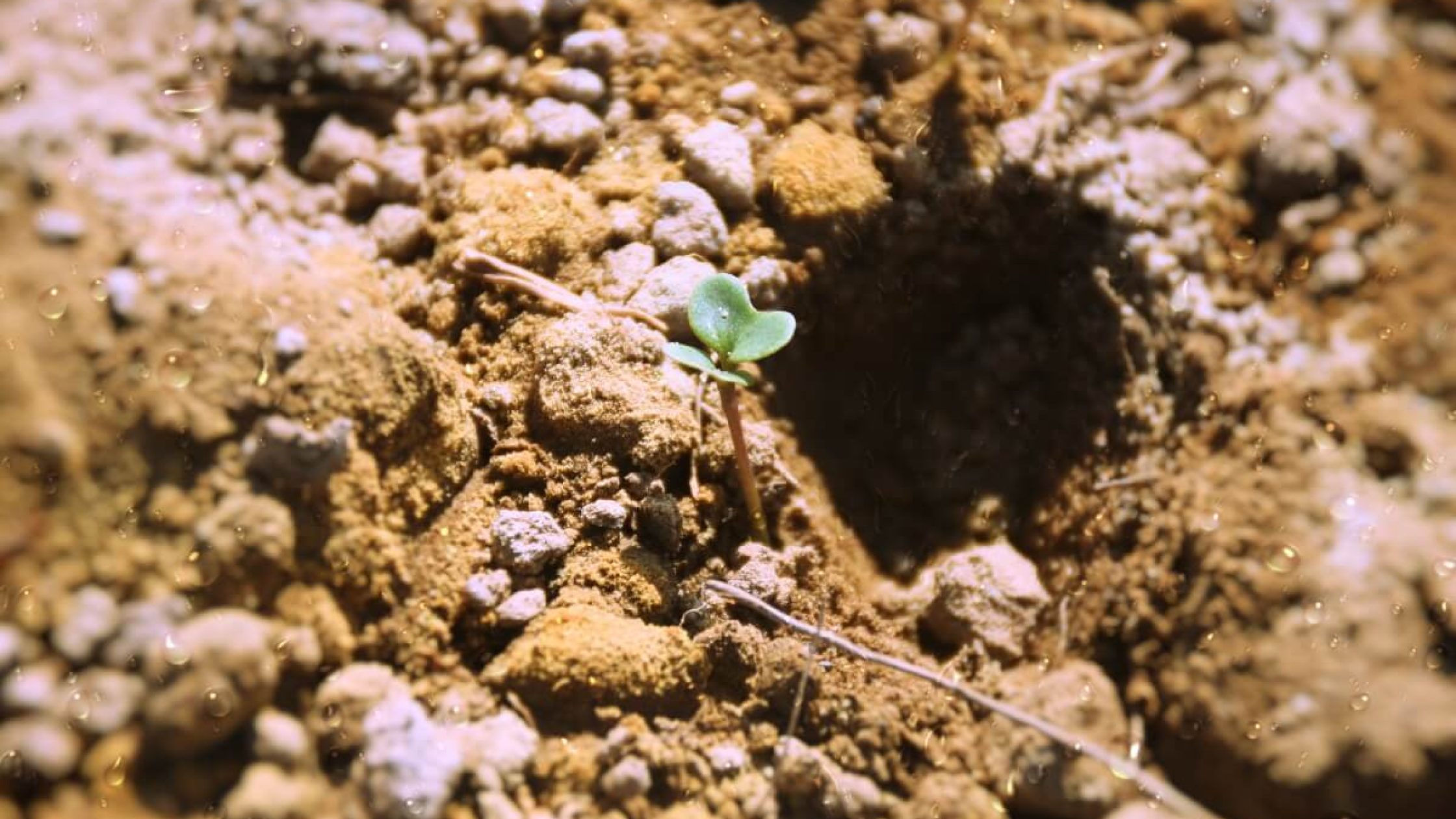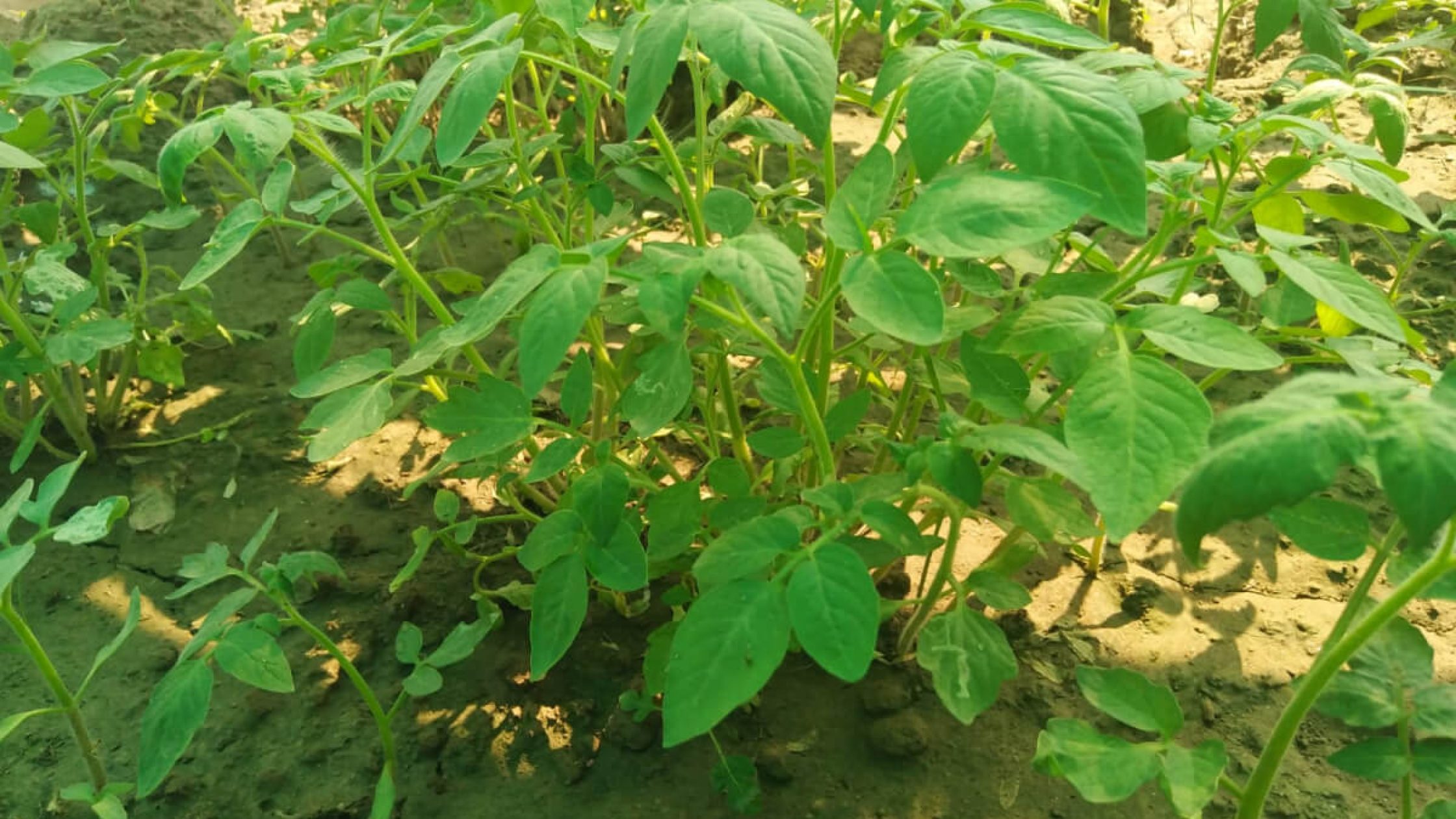No products in the cart.

Black Aphid Ways to Pest Scouting and Control
HOW TO LOCATE THIS GARDEN ENEMY?
Aphids seem to find their way into every garden. They are small, soft-bodied insects that feed by sucking the nutrient-rich liquids out of plants. In large numbers, they can weaken plants significantly, harming flowers and fruit. Aphids multiply quickly, so it’s important to get them under control before reproduction starts. Many generations can occur in one season.
THE CONTROL:
- The most effective management strategies for controlling aphids include preventing the population from increasing to damaging levels by monitoring, encouraging natural enemies, and the use of non-toxic or least toxic sprays.
- Monitor host plants beginning early in the season. Check the undersides of the leaves and hidden places on the plants. A sticky substance on the plant may indicate the presence of aphids. This is honeydew, excreted by aphids and other insects with piercing and sucking mouth parts. Sooty mold fungi may grow on this and cover surfaces with a black coating. Ants also like honeydew and may be found as well.
- If aphids are present, they can be dislodged using a strong spray of water (not strong enough to injure the plant!). Encourage natural enemies by avoiding the use of chemical insecticides and by providing flowers to attract the adults of parasitoids.
- The least toxic sprays include Insecticidal soaps, Horticultural oils, and Neem products. Test these on a small area of the plant to make sure plant injury does not occur. Plant injury is most likely when temperatures exceed 85°F.










Add comment